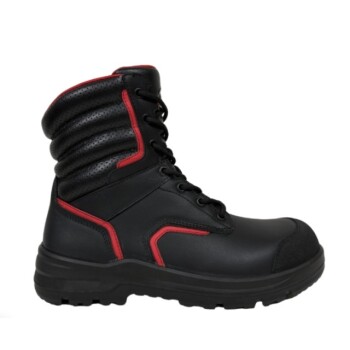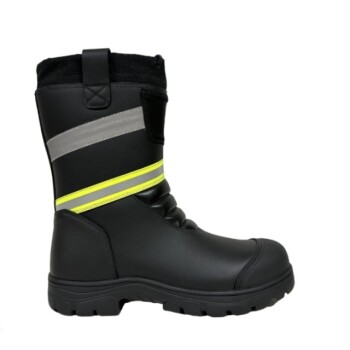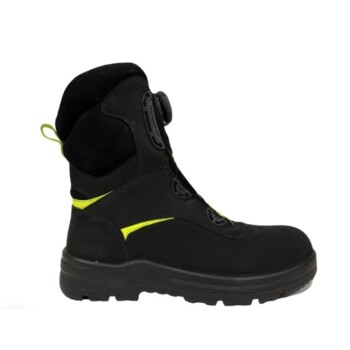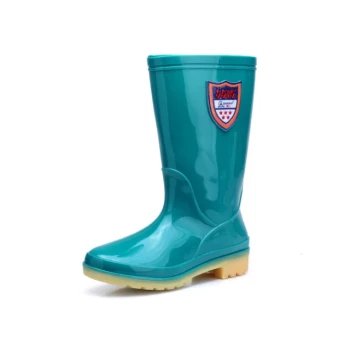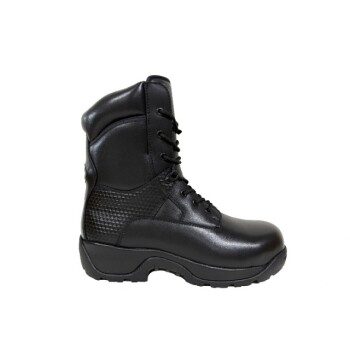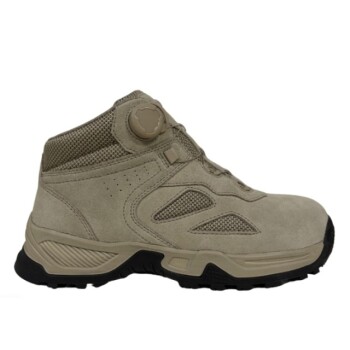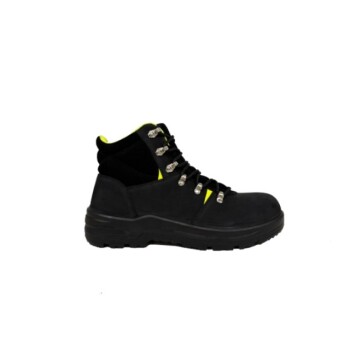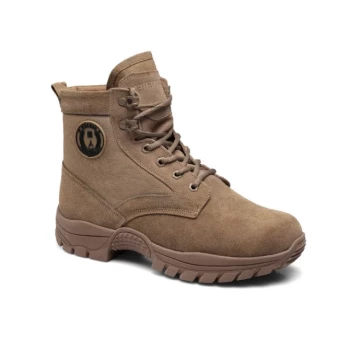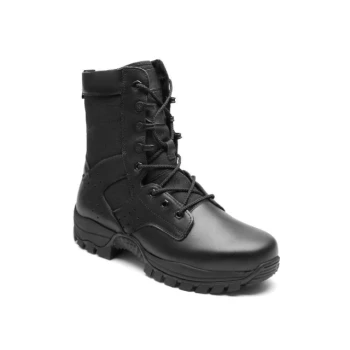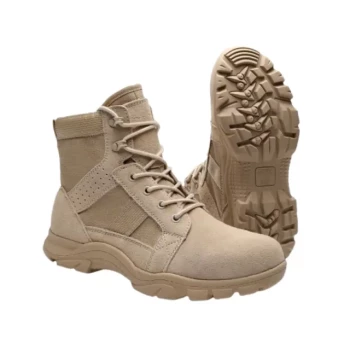At its core, the Chukka boot maintained its popularity in the 1970s and 1980s because it perfectly aligned with the era's widespread shift toward casualwear. As dress codes relaxed, the Chukka offered a versatile, comfortable, and stylish solution that was more refined than a sneaker but less formal than a traditional dress shoe, making it the ideal footwear for the new standard of dressing with jeans and chinos.
The Chukka's success in the 70s and 80s was not a fleeting trend, but the logical peak of a reputation built over decades. Its established identity as a comfortable, versatile, and subtly rebellious classic found its perfect environment in an era that finally prioritized everyday style.
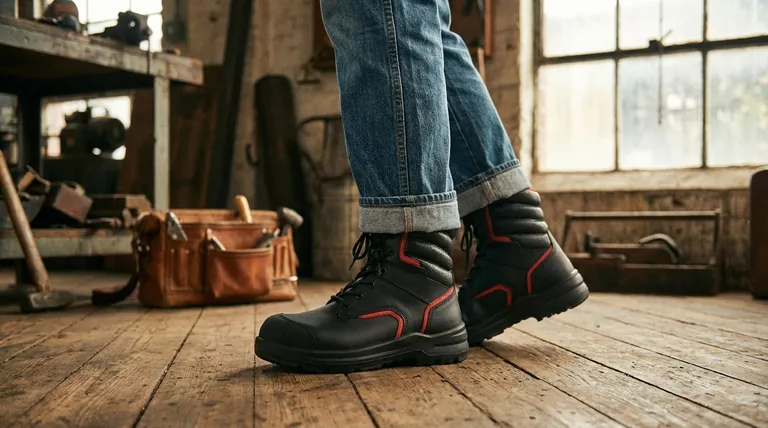
The Foundation: From Utility to Counter-Culture
To understand the Chukka's place in the 1970s and 1980s, we must first look at the identity it had already built. Its popularity during these decades was an evolution, not a reinvention.
A Legacy of Practicality
The Chukka boot's story begins with function, not fashion. Its design was proven during World War II by British soldiers who needed durable, lightweight, and comfortable footwear for desert terrain.
This origin gave the boot an inherent sense of utility and ruggedness that remained part of its appeal.
The Symbol of Casual Rebellion
In the 1950s and 60s, the Chukka—particularly the Clarks Desert Boot—was adopted by counter-culture movements. It became a staple for beatniks, artists, and rebels who rejected the stiff, formal footwear of the establishment.
This cemented the Chukka's identity as the choice for effortless, casual cool. It was more than a shoe; it was a statement against conformity.
Why the 1970s and 1980s Were the Perfect Environment
The cultural groundwork laid in previous decades allowed the Chukka to flourish as societal norms around clothing shifted dramatically.
The Rise of Everyday Casualwear
The single most important factor was the broad acceptance of casual clothing in settings that were once formal. The suit and tie were no longer the only option.
The Chukka boot was perfectly positioned to fill this new, massive space in men's wardrobes.
The Ideal Partner for Denim and Chinos
The dominant legwear of the 70s and 80s was denim jeans and chino pants. The Chukka boot pairs exceptionally well with both.
Its simple, ankle-high silhouette complemented the look of these trousers without overpowering them, becoming the default "smart casual" choice.
An Expression of Understated Class
While fashion in these decades could be loud, the Chukka offered a balanced, understated alternative. It provided a touch of class and intention to a casual outfit.
Wearing Chukkas signaled that you cared about your appearance but in a relaxed, confident way.
Understanding the Chukka's Enduring Principles
The boot's design contains several core principles that explain its longevity beyond any single decade. Analyzing these helps clarify why it was, and remains, a style staple.
The Power of Simplicity
The Chukka is defined by its minimalist design: an ankle-high profile, typically with only two or three eyelets. This simplicity is its greatest strength.
Because it lacks excessive decoration or aggressive features, it doesn't lock itself into one specific trend. This allows it to adapt seamlessly to changing styles.
The Balance of Comfort and Class
The core value proposition of the Chukka has always been its ability to merge comfort with a presentable appearance.
This unique combination solved a fundamental problem for people who wanted to feel relaxed without looking sloppy, a need that became paramount in the 70s and 80s.
Applying This Lesson to Modern Style
The Chukka's history offers a clear blueprint for identifying and choosing items with lasting relevance.
- If your primary focus is timeless versatility: Prioritize simple designs that successfully bridge the gap between formal and casual contexts.
- If your primary focus is building a lasting wardrobe: Choose items with a proven history of function, as their utility often ensures their long-term relevance.
- If your primary focus is effortless style: Look for pieces that offer a balance of comfort and class, as this combination is the foundation of confident, everyday wear.
Ultimately, the Chukka boot teaches us that true style icons endure because they solve a fundamental need, not just because they capture a momentary trend.
Summary Table:
| Era | Key Driver of Popularity | Resulting Style Impact |
|---|---|---|
| 1970s-1980s | Widespread shift to casualwear | Became the ideal 'smart casual' boot for jeans & chinos |
| 1950s-1960s | Adoption by counter-culture | Cemented identity as a symbol of effortless, casual cool |
| 1940s (WWII) | Designed for utility & comfort | Established a foundation of ruggedness and practicality |
Ready to Stock a Timeless Classic?
As a large-scale manufacturer, 3515 produces a comprehensive range of footwear for distributors, brand owners, and bulk clients. Our production capabilities encompass all types of shoes and boots, including versatile styles like the Chukka that have proven their market value for decades.
We can help you offer your customers the perfect blend of comfort, style, and enduring appeal. Contact our team today to discuss your production needs.
Visual Guide

Related Products
- Premium Wholesale Waterproof Safety Boots High Performance Protection for Industrial Markets
- High Performance Fire-Retardant Waterproof Safety Boots
- Premium High-Cut Waterproof Safety Boots Manufacturing & Wholesale Solutions
- Factory Direct Wholesale Rain Boots Durable Waterproof & Fully Customizable
- Premium Grain Leather Safety Boots for Bulk Supply
People Also Ask
- What is a safety-toe in a boot? Your Guide to Choosing the Right Protection
- What boots do they wear on oil rigs? Essential Safety Footwear for Harsh Conditions
- What is the primary purpose of safety shoes? Your Ultimate Guide to Workplace Foot Protection
- What is the OSHA standard for safety-toe boots? Ensuring Compliance and Worker Protection
- What are the key considerations when choosing safety boots? Match Hazards to Features for Maximum Protection
